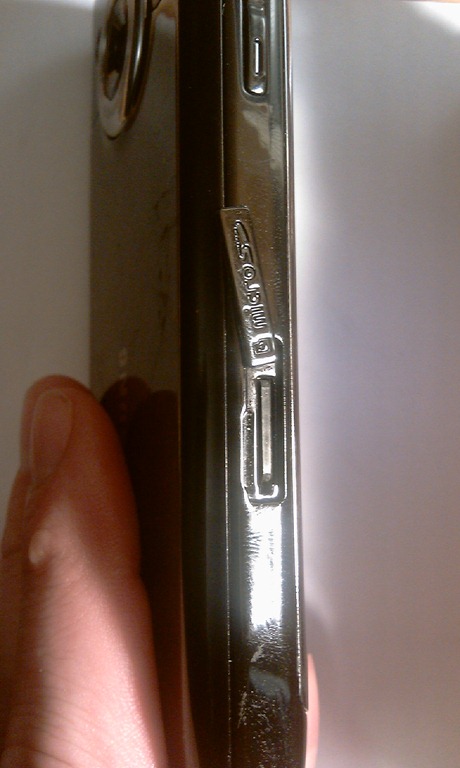Storage cards and WP7
3 min. read
Published on
Read our disclosure page to find out how can you help MSPoweruser sustain the editorial team Read more

I think this could do with some clarification, as there have been lots of rumours and speculations, some based on fact and some made up.
To an average user, WP7 devices come with a set amount of storage, and that storage isn’t easily changeable. OEMs are free to add as much or as little (well, at least 8GB) to a device. There is no formal requirement as to what format that storage is in, it just has to be non volatile, and there’s a minimum read/write speed as well.
WP7 devices may have multiple physical storage ICs. One will be for the OS (a ROM chip like the internal storage of current WM6.5 devices), and the other is for user data (like how WM6.5 devices support Micro SD cards), though WP7 stripes data across the two areas (think RAID0, but with different size disks). This gives some benefits and disadvantages: there’s no need for any selection of where to place data, and you get the most out of all the available storage, but if one’s removed, the data is corrupt, and there’s no way to feasibly do USB disk drives.
This means that OEMs can either opt for flash memory that’s soldered on to the mainboard, or go down the root that most existing smartphones employ, and have a micro SD card. Unfortunately, the card holder needs to be not user accessible (that’s according to MS guidelines). Partly to prevent software piracy, and partly to stop users removing the card and corrupting all their data. I think that OEMs will most likely opt for using micro SD cards, as it lets you have one device base design, and put an 8GB, 16GB or 32GB micro SD card in to the device, which could be sold at different price points.
I’ve seen a lot of complaints about how all the current leaked devices are only 8GB, now, if you were developing a platform, would you opt for the cheapest memory card that fits MS baseline specifications, or go and build a few thousand devices that can’t be sold with 32GB memory cards? The leaked specifications that have been posted aren’t necessarily final specs, and don’t necessarily include all configurations – they’re leaks, not official documents. There’s no proof at all that no WP7 device will have more than 8GB of storage, and I’m willing to bet there will be devices with more. Microsoft have spent the past 18 months doing a ground up rewrite of the OS. They’re not about to let it die because of too little storage.
What’s interesting about the way memory cards work with WP7, is that if it’s removed, the OS still boots (as the OS data is all on a ROM chip) but user data which is striped gets corrupt. WP7 devices will then either let you make an emergency call, or do a hard reset that reformats the data striping. This means that in theory, it’s possible to swap a memory card out for a different one, but you lose any data you had.
With all that said, until real devices hit the shelves, we won’t know for sure what will happen.










User forum
0 messages